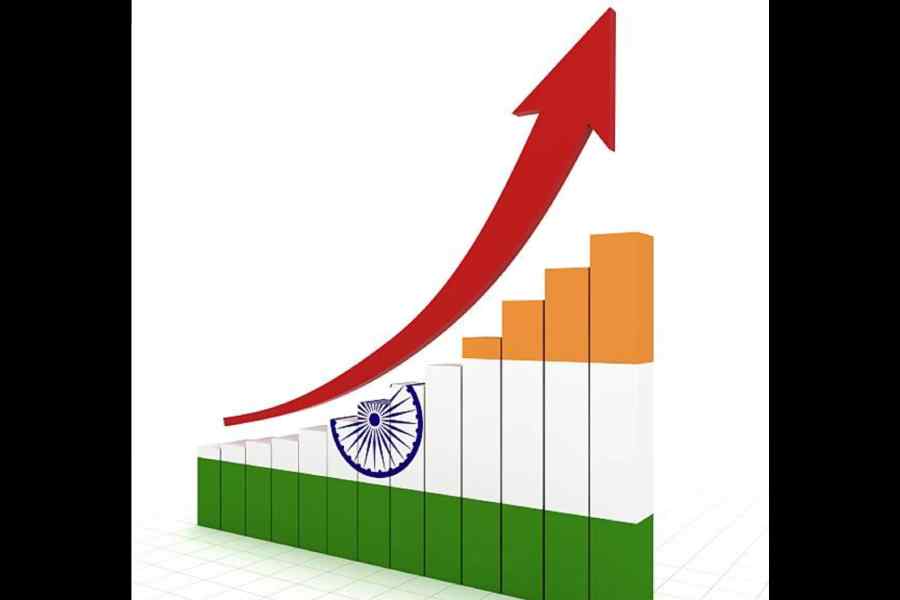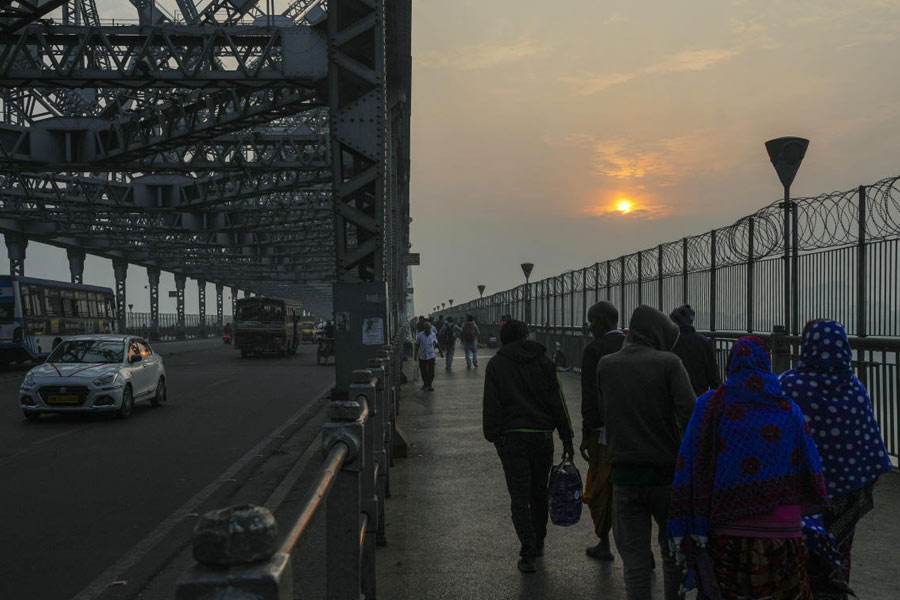The department of expenditure, ministry of finance, has urged the ministry of rural development to merge the National Rural Livelihood Promotion Society, an autonomous body, with MoRD itself due to fund constraints. NRLPS provides professional and technical support to the Deendayal Antyodaya Yojana-National Rural Livelihoods Mission. DAY-NRLM was launched in 2011 by the Government of India to improve the livelihoods of rural poor households through self-help group-bank linkage where subsidised loans are provided up to Rs 3 lakh per SHG. Recently, the MoRD sought to take DAY-NRLM forward by scaling up micro-units to high-order enterprises by creating rural enterprise hubs to invigorate rural prosperity. It is important to take stock of the progress and the challenges of the programme and devise strategies for the future.
There were around 54 lakhs SHGs at the end of March 2025. The loans disbursed during 2024-25 were Rs 1,881 billion and the outstanding was Rs 2,968 billion. Between 2017-18 and 2024-25, the number of SHGs, the amounts disbursed, and the outstanding increased at a compound annual growth rate of 11%, 25% and 26%, respectively.
The overall recovery of loans of SHGs under DAY-NRLM has been impressive. The non-performing assets affected only 1.99% of accounts and 0.79% of the outstanding amount till March 2025. However, the NPAs under DAY-NRLM varied from a low 0% of outstanding in Union territories and 0.16% in Andhra Pradesh to as high as 5.56% in Meghalaya during 2024-25.
The categories for meeting targeted SHG development are as follows: 100% achievement (very high), 85-99% achievement (high), 50-84% achievement (low), and less than 50% target achievement (very low). The categories as per NPA are more than 2% of outstanding amount as NPA (very high), 1-2% NPA (high), 0.5-1% NPA (low) and less than 0.5% NPA (very low). West Bengal, Bihar, Jharkhand, and Odisha fall in the very high achievement & low NPA category. Andhra Pradesh is the sole state that falls in the category of very high achievement and very low NPA. Uttarakhand, Uttar Pradesh, Kerala, Rajasthan, and Chhattisgarh fall in the category of low achievement but high NPA. Karnataka falls in the category of very low achievement and
very high NPA, while Tamil Nadu falls in the category of very low achievement
but high NPA. Smaller states and UTs fall in the category of low achievement and very low NPA.
In some states, SHGs with a higher disbursement of loans were unable to
make timely repayment. This may be due to economic downturn and lack of
demand for loans. For example, each SHG in Karnataka received on average Rs 4.92 lakh, while the NPA was 4.07% of the outstanding. Punjab (2%), Haryana (2.62%), Gujarat (2.92%), Mizoram (4.28%) and Meghalaya (5.56%) had very high NPAs. SHGs with low NPA but moderate to high disbursement of loans include Goa (5.87 lakh/SHG), Jammu and Kashmir (3.52 lakh/SHG), Assam (3.35 lakh), Odisha (3.20 lakh/ SHG), West Bengal (2.92 lakh/ SHG), Jharkhand (2.01 lakh/ SHG), and Bihar (1.49 lakh/ SHG). West Bengal, Bihar, Jharkhand, Odisha and Andhra Pradesh have made high or very high achievements but with low or very low NPA. Punjab, Haryana, Gujarat, Karnataka, Mizoram and Meghalaya have very low performance but very high NPA, implying a lack of financial discipline, income-generating activities or demand for loans.
States that are experiencing slow progress in SHG development but low NPA should expand their implementation mechanism to cover potential beneficiaries. Those experiencing lower achievement and higher NPA need to improve financial discipline and speed up programme implementation. Linking SHGs to economic value-generating enterprises and the market could help expanding the scope of financial inclusion and improving financial discipline, contributing to rural progress.
Indranil De is Axis Bank Chair Professor, Tribhuvan Sahkari University. Views are personal










